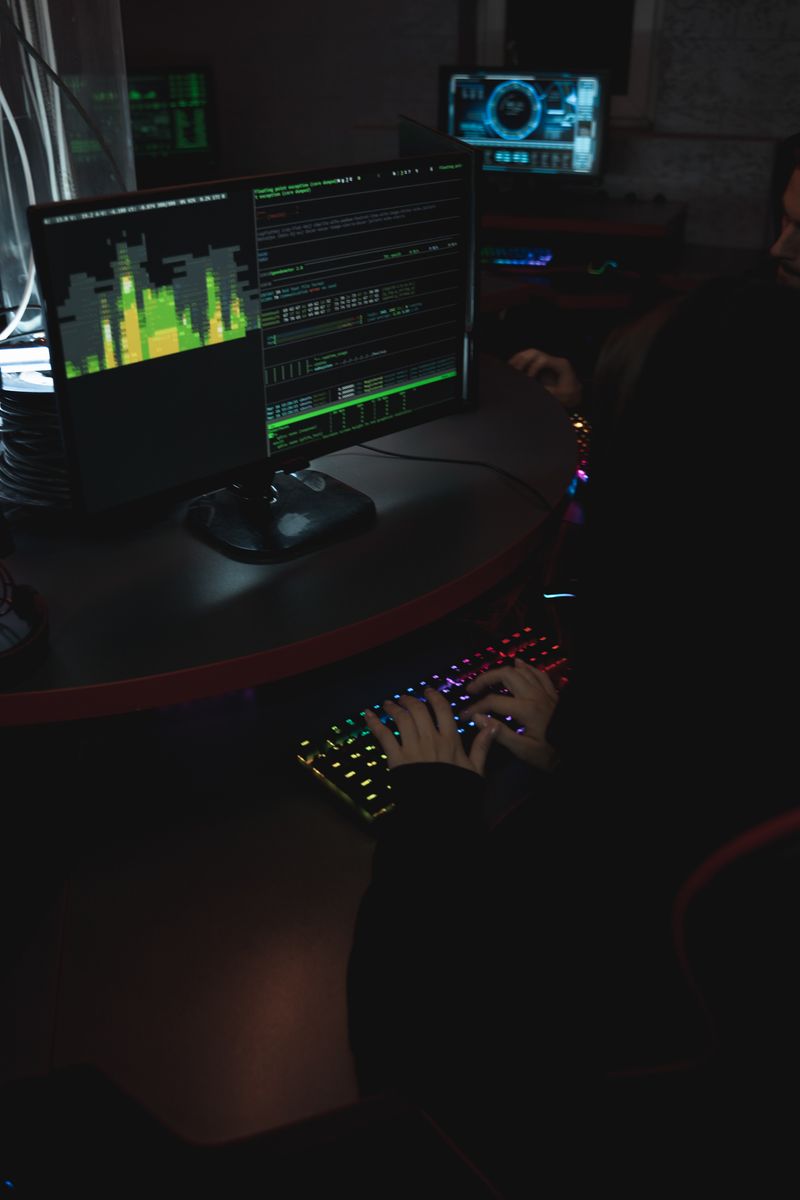AI-Powered Cyber Threats: The Looming Challenge to Cybersecurity
The Growing Vulnerabilities
The rapid advancement of artificial intelligence (AI) brings society to the brink of new possibilities and unprecedented technological discoveries. However, this progress also presents challenges that far outpace our current cybersecurity defenses. According to the “2023 Data Threat Report” by Thales, over half of enterprises lack a formal plan for handling ransomware attacks, exposing a significant vulnerability in organizations across all sectors. This alarming fact highlights the urgent need for robust cybersecurity measures in the face of evolving AI-powered threats.
The Inevitable Progress of AI
Eight months ago, ChatGPT introduced user-friendly advancements in generative AI, generating enthusiasm, adoption, and varied opinions about AI‘s potential impact. However, even more groundbreaking developments lie on the horizon. AI‘s ability to mimic reality and improve upon its already impressive capabilities will revolutionize the technological landscape. As this progress unfolds, time becomes a critical factor in developing defense mechanisms that can match the impending risks.
The Speed and Automation of AI-Powered Threats
AI-powered engines have the potential to scrape the Dark Web faster than human threat actors, leading to an accelerated exploitation of sensitive data. The looming threat of AI-powered ransomware, combined with automation, could have devastating consequences. Moreover, AI-driven cyber threats will bypass the constraints that human threat actors face. They can continuously modify their attack vectors, learning from themselves and finding numerous ways to exploit vulnerabilities. This level of capability will greatly enhance cybercriminals’ ability to create or weaponize vulnerabilities, posing an even greater risk to organizations worldwide.
AI‘s Impact on Cybersecurity Defense Efforts
The emergence of AI will radically reshape the cyber-threat landscape. By convincingly imitating human voice, appearance, and behavior, AI algorithms will enable more realistic and sophisticated phishing attempts. The use of deep learning AI algorithms in facial recognition will further exacerbate threats, creating convincing deepfake videos that can be derived from virtual meetings, online videos, and podcasts. This ease of access to advanced technology will increase the number of threat actors, making 24/7 attempts to breach vulnerabilities from every possible angle.
The Need for AI-Powered Defenses
Adapting to a Shifting Landscape
As AI-powered threats become imminent, organizations and governments must embrace AI-powered defenses. Legacy cyber-detection capabilities will not be sufficient to counter these evolving risks. Thales’ recent report reveals that the current cyber-threat landscape is already witnessing an increase in the volume and severity of ransomware attacks. The implications of these attacks are far-reaching, as demonstrated by the closure of a rural hospital in Illinois due to a multi-week ransomware attack. Similarly, the Cl0p hacking campaign targeted numerous organizations, including two divisions within the Department of Energy and several state governments and universities. The education sector is particularly vulnerable, with 79% of higher education institutions reporting a ransomware attack in the last year, according to a report by Sophos.
Preparation and Strengthening Resiliency
Organizations must proactively evaluate and test their breach response plans and continuously seek ways to enhance their cybersecurity measures. Non-AI-powered attacks already have ripple effects in the physical world, as demonstrated by the resource constraints experienced by a hospital in San Diego following a breach at a nearby facility. Against the speed and sophistication of AI-driven threats, organizations must prioritize data resiliency, ensuring their ability to defeat attacks, restore systems, and continue operations seamlessly.
Overcoming Resistance to Change
In this rapidly changing digital landscape, organizations may struggle to recognize the necessity of adapting their cybersecurity strategies. The lack of a formal plan for handling ransomware, as seen in 51% of enterprises, is a clear indicator of the challenges faced. To effectively combat AI-driven cyber threats, organizations must invest in AI-led cybersecurity and dedicate resources to continuous testing and improvement. The stakes are high, and any complacency or delay in defense preparations will have serious consequences.
Conclusion
AI-powered cyber threats pose an imminent challenge to organizations and governments worldwide. The necessary response lies in embracing AI-powered defenses that can effectively counter these evolving risks. With the increasing frequency and severity of ransomware attacks, organizations must prioritize data resiliency and continuously strengthen their cybersecurity measures. Moreover, preparing for the AI-driven future requires a proactive mindset, overcoming resistance to change, and recognizing the critical need for robust cybersecurity strategies. In this race against time, the ability to defend is paramount, safeguarding our data, organizations, and societies from the impending AI storm.

<< photo by Alex Kotliarskyi >>
The image is for illustrative purposes only and does not depict the actual situation.
You might want to read !
- The Stealthy Operations of Casbaneiro Banking Malware: a Closer Look at the UAC Bypass Technique
- The Growing Influence of Thales: A $3.6 Billion Acquisition Sparks Curiosity
- Closing the Cybersecurity Talent Gap: The Role of MDR in Bridging the Divide
- The Vulnerability Within: Examining the Apple Zero-Day Breach Targeting iPhone Kernel
- Zenbleed: Unveiling the Vulnerabilities Lurking in AMD CPUs
- TETRA:BURST — Unveiling the Fragile Foundation: 5 Critical Flaws in the Widely Used Radio Communication System
- The Changing Landscape of Cybersecurity: Introducing the 2023 CISO Choice Awards
- The Rise of AI-Engineered Threats: Separating FUD from Reality
- Unmasking the Enigmatic Link: Unraveling KillNet’s Kremlin Connection
- The Rise of OneTrust: A $150 Million Investment at a $4.5 Billion Valuation
- The Rise of the ‘AI-tocracy’: Exploring the Emergence of Artificial Intelligence in Governance
- The Role of Human Expertise in the Face of Generative AI: Insights from Bugcrowd Survey
- Unleashing the Power of Generative AI: NIST Establishes Groundbreaking Working Group
- The Ethical Dilemmas and Unintended Consequences of Artificial Intelligence
- AI-Augmented Threat Intelligence: Enhancing Security Measures with Artificial Intelligence
- The Phenomenal Rise of OneTrust: Securing $150 Million in Funding at a Whopping $4.5 Billion Valuation
- TrustArc Leads the Way in Bridging EU-US Data Privacy Frameworks with TRUSTe Verification




